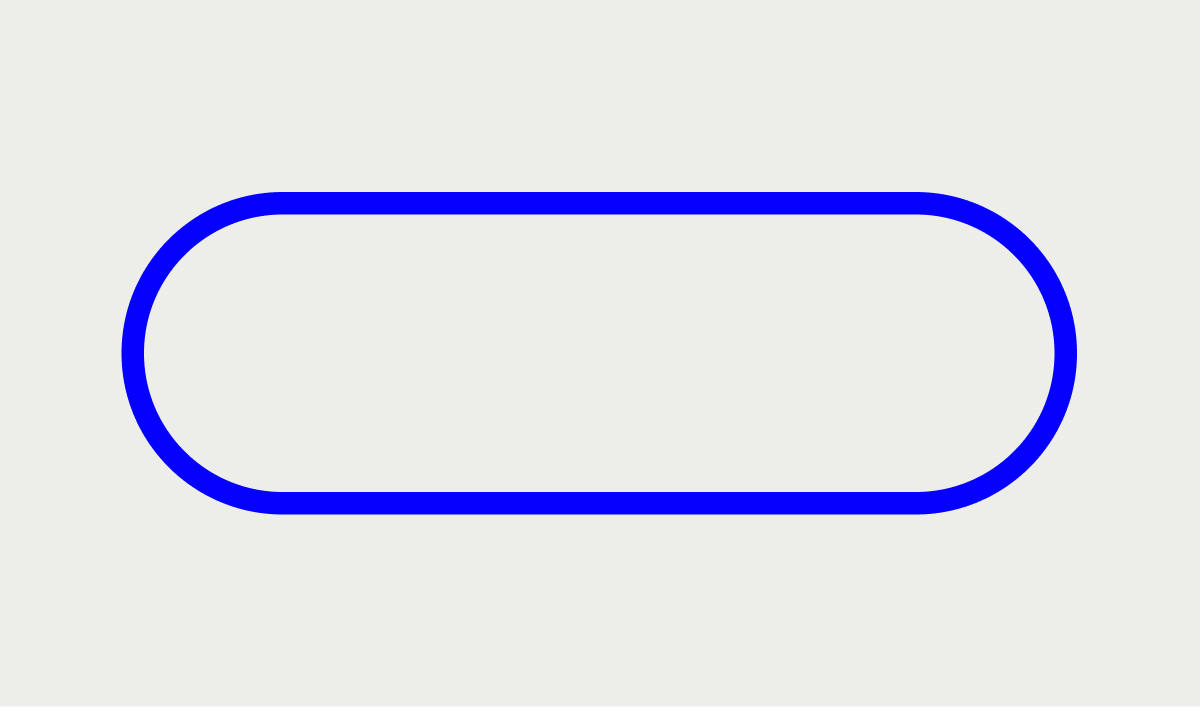A person cannot reach two places at the same time. You cannot take two trips at the same time. Faced with two or more options, you must choose. Before doing so, she should consider that your paths may be beautiful and desirable, with many gratifications. It will happen that one path could be longer and more tiring, the other more tortuous and difficult. The first means making more stops, and the second has a less clear route, etc...
— We can't go to two places at once. We have to choose.— We usually choose a place to go on vacation, although there will be those who can choose two or more. To do it, you must be able to afford it, then select the order in which they should happen, how to connect them, finance them, and finally tour and enjoy them.
In one, we could see the Empire State, the Statue of Liberty, and SOHO; in another, we could dive into magnificent Cenotes and ancient ruins. But it is unlikely that both will occur at the same time.
When we talk about strategy, we are talking precisely about choosing. To take a path that leads us to a better position. The place we want or need to go. Almost always, there are usually multiple ways of doing things, options, ideas, strategies... Each possible option will have its benefits, rewards, risks, efforts, and costs.
It seems clear. However, it is common to see teams, managers, and companies doubt, block themselves, and even suffer when making decisions, when making choices.
The difficulty of making choices
Usually, this difficulty lies, among others, in four key factors:
Fear of being wrong: What if I make a mistake? And if the correct option is the other? It often happens that this blocks us.
Lack of commitment: Starting the path with enthusiasm and determination is easy. More complicated when tiredness and/or difficulties appear. Without commitment, we will change course every time they arrive, and getting to the place we had planned will be impossible.
Avoid the consequences: Every choice will have consequences, positive and negative. We must be willing to accept both equally. We cannot choose only the first. Sometimes, we are not willing to assume a possible negative outcome.
Attachment to ideas or benefits: When we avoid letting go of the positive benefits one or more options will bring us. We want the best of both ways, the best of both worlds, one and the other, and we seek to maintain both.
Strategy is the art of sacrifice.
A classic example. Apple's successes are well known, but before starting this path, Steve Jobs had to make a first and critical decision. Upon his return in 1997, he decided to close multiple lines of business. Computers, printers, consumables, or the famous Newton were extinct...
Jobs then explained to his collaborators that they would only work on four new products. Two for the consumer (iMac and iBook), and two for the professional market (G3 and Powerbook).
The decision entailed a high cost and internal discomfort in a year when Apple lost more than a billion. However, it allowed the company's talent to be focused on fewer but better products. Many best.
Once created and well established in the market, from that excellence and stability. The company began to launch, little by little and in a controlled manner, new product lines, many even more successful.
— Deciding what not to do is just as important as deciding what to do — Steve Jobs.
Strategy is the art of sacrifice. It is the art of focusing and being able to align all the resources and energies of a company in the same direction for a single purpose. The art of saying NO to everything that drives us away disperses or weakens us when it comes to achieving a differential position, however rewarding and profitable it may be.
Dividing our energy into wanting to reach multiple sites can make us earn money, bringing us closer to new business opportunities and mediocrity in our activities.
— Customers prefer those who do things better. The employees too—
Focusing on a company's energy usually has the reward of solidity, doing things better, and consequently being stronger against the competition. Customers prefer those who do things better. The employees too.
Understand our decision-making.
It is, therefore, convenient to understand how decision-making occurs within our teams, managers, or companies, even in ourselves.
Is it easy to decide and move on? What is happening? Are we going well or slow? Do we get blocked? Do we constantly change course? In that case. What causes that behavior? Is there clarity in what we want? Do we want to avoid making mistakes? Do we constantly doubt whether we are on the right path? Do we want it all? What else?
Doubt and uncertainty are part of the game. There is not always a certainty. Therefore, if we want to move forward, we must first understand that there will be visible and invisible risks, and we can be wrong.
Therefore, to minimize these dangers, we must act with commitment.Strive to transcend difficulties and doubt and accept and take responsibility for the consequences of our decisions (pleasant and unpleasant).
However, developing the ability to abandon other possibilities completely, no matter how attractive they may be, and saying no, I understand that is the key to achieving greater strength and determination to reach our destination. It will allow us to focus, to look in one direction. Align our forces in the same direction and thus multiply our chances of success. Whether it is your company's strategy, your project or the career you want to study, just one path, one step at a time. But a firm one, well-given, solid and stable. Every election includes all of this and some courage. that we all have Thank you for your time in reading.
Aitor González, founder at bettter.




